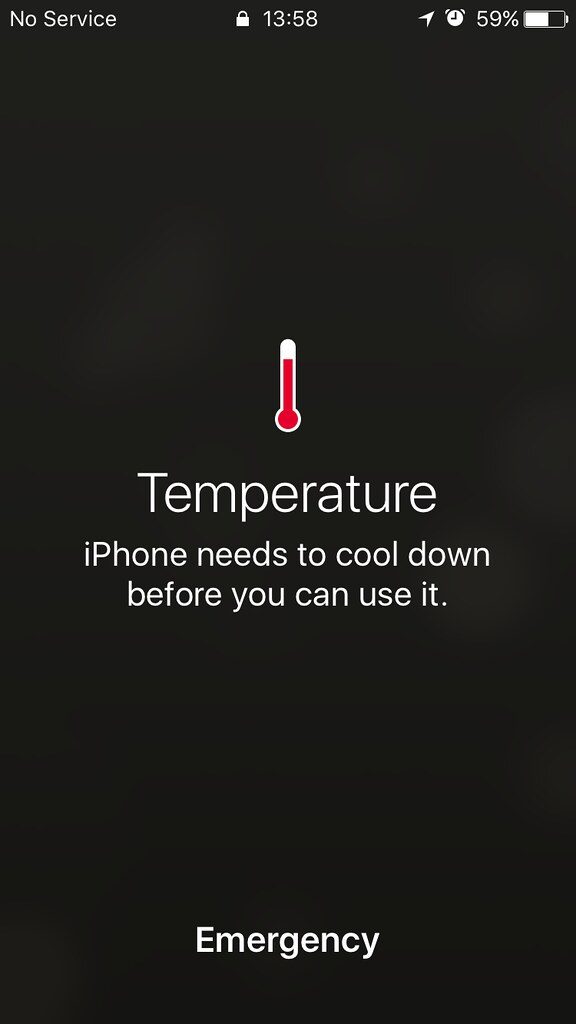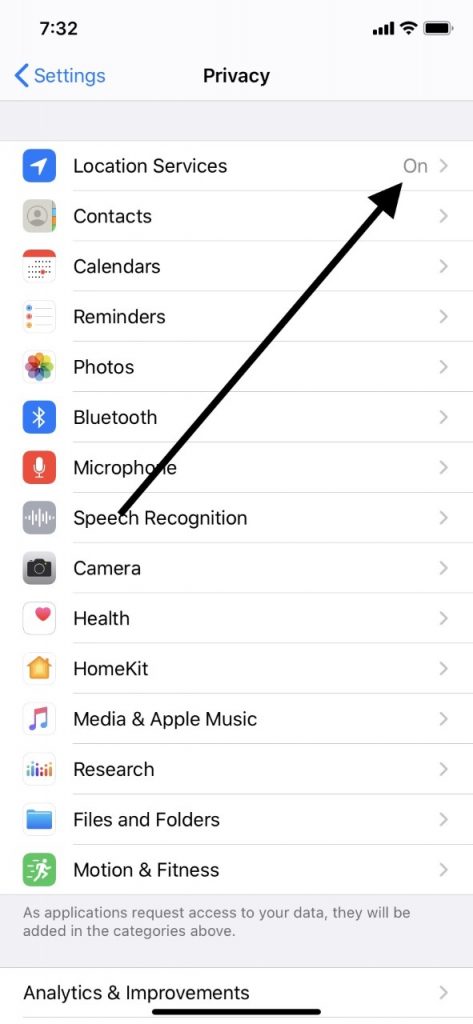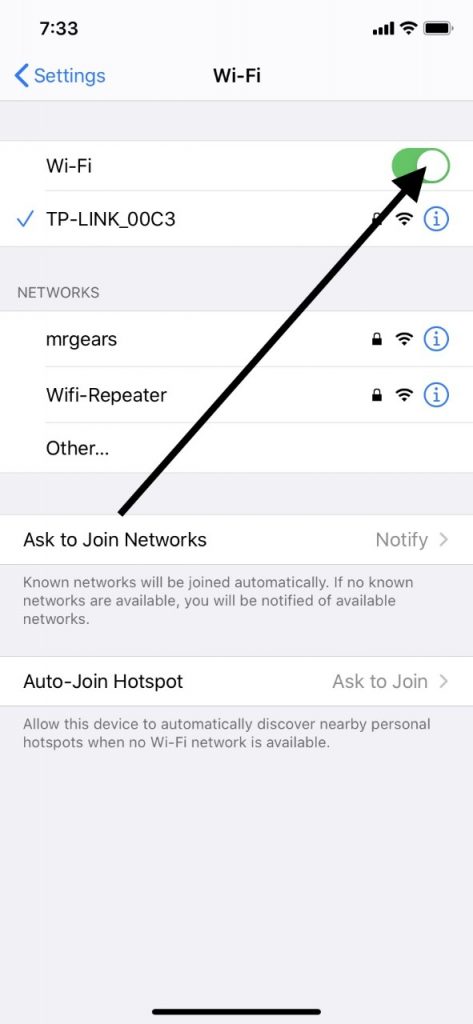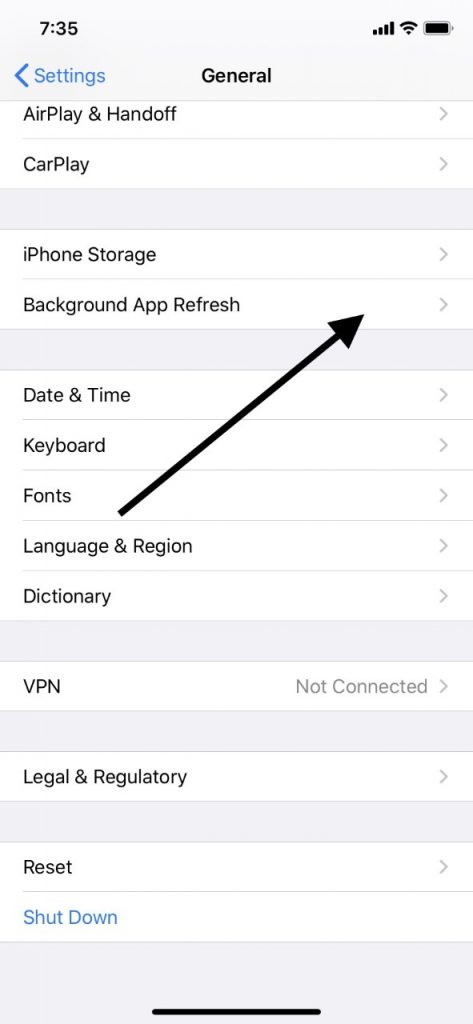Generally speaking, the iPhone is a piece of technology that holds up very well and is suitable for long-term use. Some individuals have iPhones that are several generations old, and they still find them to be perfectly suitable for their needs. However, even if new features don’t entice you to purchase a new iPhone, your current iPhone overheating may make you change your mind. If that’s happening with yours, there’s no need to panic. There are quite a few potential reasons for an overheating iPhone, and there are steps that you can take to alleviate this issue as well.

Take Your iPhone Out of the Sun To Prevent Overheating

The most obvious reason that your iPhone could feel warm to the touch is if you have left it out in the sun for too long. The time this is most likely to happen would be the warmer months of the year. Maybe you’ve simply left the device sitting on a windowsill, and the midday sun is shining straight down on it for hours at a time, this can cause iPhone overheating.
What’s more common, though, is if you’ve got the iPhone sitting on the dashboard of your vehicle in one of the different holders that are available for the purpose. Maybe you’re using Google Maps for navigation on a long car trip. If you are engaged in this activity in the middle of the summer, for instance, then the interior of the car can get quite toasty. Having the air conditioner on isn’t going to help your iPhone if it is under the relentless glare of the sun for multiple hours.
You should periodically touch your iPhone to see if it is overheating in such conditions. You might also see it shut down, and a temperature warning will appear on the screen. If that happens, take it out of the sun and put it in a cool, shadowy place, like the glove compartment or under the seat. Don’t ever attempt to put it in a refrigerator or a freezer to try and cool it down faster. That can damage various internal elements permanently. If you give the phone a little time to recover, it should be okay in a while.
Cooling Down iPhone Overheating
When your iPhone is overheating and you’re trying to get it to cool down, one thing that you can do is to take it out of its case or cover. The iPhone’s outer shell is built to allows heat to dissipate. A case or cover will prevent it from doing that. Also, if your phone is plugged into anything when you realize that it is overheating, then unplug it immediately.
You can also shut off the apps and features. Turn off Bluetooth by heading to Settings and shutting it off. You can go to Settings again, and then select Privacy. Make sure that your Location Services are off.

Next, double-click the Home button, if your phone has one, and see what apps you have running in the background. Shut all of them down. You can also turn off your GPS and Wi-Fi. Finally, go to Settings. From there, disable iCloud.

Once your phone has cooled down sufficiently, you can turn on all of these features again.
Your Charger Can Cause iPhone Overheating
Your charger might also be to blame, particularly if the integrity has been compromised. Look for loose wires or signs of other damage, and if you see anything like that, replace it. Also, if the charger is not an official Apple product, that can lead to problems, like the battery overloading, which can cause the phone to heat up. A licensed Apple iPhone charger might cost a little bit more than some of the knockoffs you can find on Amazon or elsewhere, but it’s better to pay the extra money and get better performance.
Background Refresh is a Prime Cause of iPhone Overheating

The Background Refresh feature on your iPhone does exactly what the name indicates. It refreshes your apps again and again, even when you are not actively using them. The newest content will always be waiting for you when you open the apps, which is why some people enjoy this feature.
There are some problems with it, though. Your phone is like a mini-computer, and the constant app refreshing means that your device is working overtime. Those refreshing apps generate heat, and if the air around the phone is hot as well, that can be a lethal combination. You might get a damaged battery or other elements if you let it go on for long enough. It’s better to shut off Background Refresh and let the phone cool down.
You’ll need to launch the Settings app from your Home screen. Hit General, and then scroll down to Background App Refresh. Toggle the switch to the Off position. You will know that you’ve done it right when it goes from green to clear. You don’t need to have it turned off all of the time, but doing so for at least some of the time is going to prolong your iPhone’s life quite a bit.
Check the Status of Your Apps

Your apps can be another factor when it comes to how much heat your iPhone is generating. An overheating iPhone might mean that a single app is using a lot of your phone’s processing power, and it’s struggling with that strain.
To get an indication of whether this is happening, go to Settings, and then General. Go to iPhone Storage and take a look at the list of your apps. You will be able to see how much space each one is taking up. It is usually third-party apps, which is to say non-native apps that you have downloaded to your phone, that will take up the most space.
The apps with the most space have the highest chance of causing your phone to overheat. If you just downloaded a new third-party app, and the overheating starts soon afterward, then that app is probably to blame. It’s not likely that an app that you have had for a while will suddenly cause your iPhone to start overheating. The most likely culprit would be that third-party app that is newly installed.
Probably the best thing for you to do will be to uninstall it. You could contact the designer through the App Store to let them know about the problem if you paid for the app. If the app happened to be free, then you might be able to find something similar that serves the same purpose and doesn’t cause your phone to overheat.
A Faulty Battery Cause iPhone Overheating
If all else has failed to uncover the cause up to this point, then you can take the iPhone to an Apple Store with a Genius Bar so that they can take a look at it. It might be that the battery is faulty. A replacement battery should be covered as long as the phone is still under warranty, or you have an AppleCare+ plan. If the phone is no longer covered, then you will likely have to pay for a new battery, which can be pricey.
You might want to consider whether it is going to be worth it to trade in the phone and get yourself a new one, especially if yours is an older model. When the cost of the new battery is greater than or equal to what an earlier generation of the iPhone is worth, then it’s probably time to get yourself a new smartphone.






